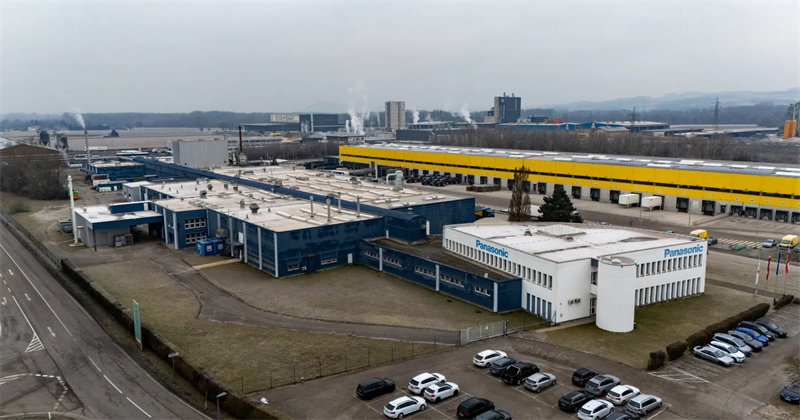Japan's Sumco and Panasonic are making strategic shifts in response to declining demand for certain semiconductor materials, with both companies set to shut down production at key facilities in the coming years.
Sumco to Cease Wafer Production at Miyazaki Plant by 2026
Japanese silicon wafer manufacturer Sumco has announced plans to end wafer production at its Miyazaki plant by the end of 2026, restructuring operations to focus on more advanced semiconductor products. The company cited weak demand for small-diameter silicon wafers, used primarily in consumer, industrial, and automotive applications.
Sumco reports that customers are increasingly transitioning to 200mm wafers, while demand for 150mm and smaller wafers continues to decline. Additionally, as manufacturing equipment reaches the end of its lifecycle, some companies are opting to reduce production capacity rather than invest in smaller wafers.
In response, Sumco will convert the Miyazaki plant into a monocrystalline ingot production facility while shifting wafer manufacturing to other sites in Japan and Indonesia. Employees impacted by the transition will be reassigned to the company's growing 300mm wafer operations, where demand is expected to recover gradually due to the rise of AI chips and high-performance memory.
For fiscal year 2024, Sumco reported sales of JPY 396.6 billion (US$2.63 billion), down 7% year over year, with operating profit plunging 49% and net profit dropping 69%. The company also recorded JPY 5.8 billion in restructuring costs, including impairment losses and inventory write-downs.
Looking ahead, Sumco plans to modernize its 300mm wafer production to support next-generation semiconductor technologies, particularly those powering AI applications.

Panasonic to Shut Down Austrian PCB Material Factory
Meanwhile, Japanese electronics giant Panasonic has confirmed plans to shut down its printed circuit board (PCB) materials factory in Enns, Austria, by the end of 2025. The plant, which has been operational for 25 years, produces key base materials for PCBs used in various electronic devices.
Panasonic attributed the closure to rising production costs and increasing competition from Asia, prompting the company to relocate its manufacturing operations to the region. The move will affect approximately 140 employees, with Panasonic working on a transition plan in cooperation with labor representatives.
Production at the facility will continue until December 2025, after which Panasonic plans to sell the plant.
Shifting Semiconductor Landscape
The closures highlight the ongoing shifts in the global semiconductor supply chain, as companies optimize operations to remain competitive. While Sumco is focusing on high-end wafer production to support AI-driven demand, Panasonic's exit from Austria reflects the continued migration of PCB manufacturing to Asia, where cost advantages remain strong.
As demand for cutting-edge semiconductor materials grows, Japanese firms are restructuring to adapt to the industry's evolving landscape.
+86 191 9627 2716
+86 181 7379 0595
8:30 a.m. to 5:30 p.m., Monday to Friday
